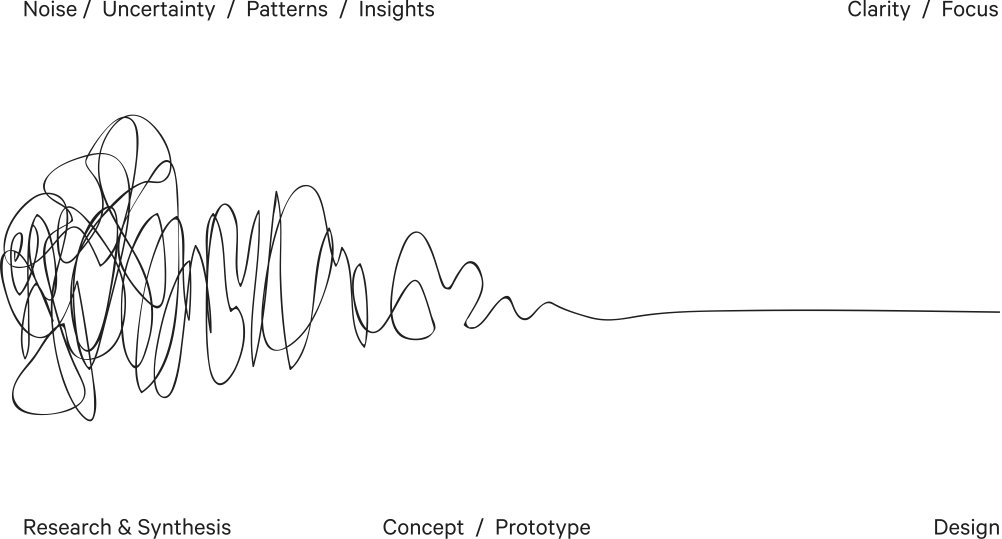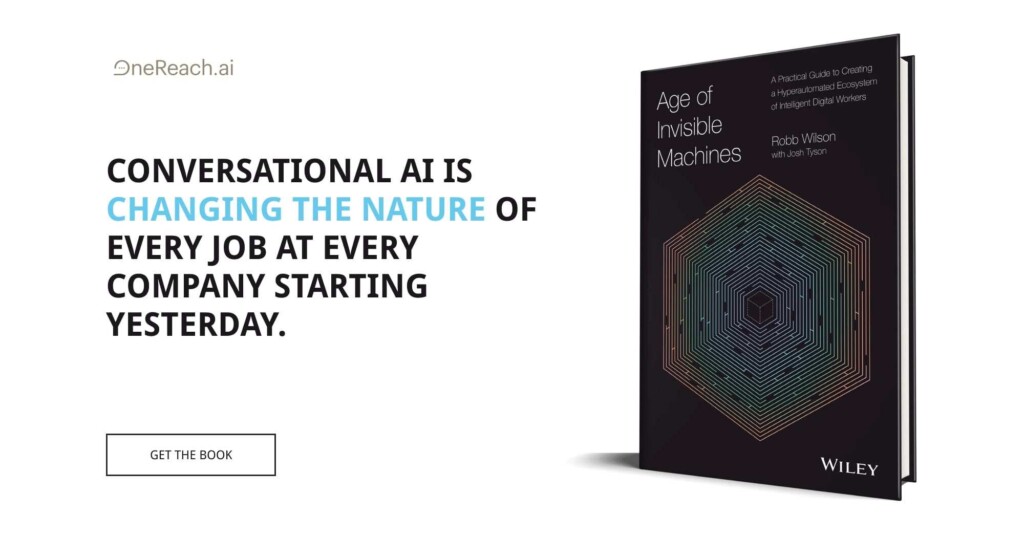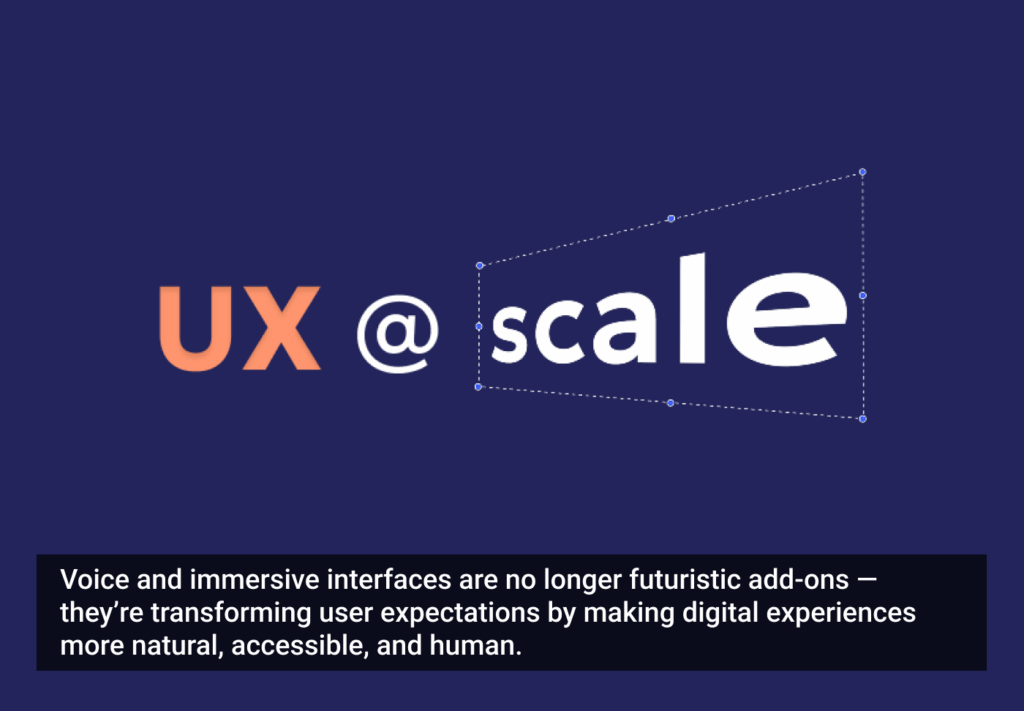We’ve all had that feeling that design thinking was…special. There is something…indescribable about it. It feels like when we do it well, we are tapping into an amazingly powerful…force.
I know that the Kelley brothers and Tim Brown and others would like to lay claim to the popularity of design thinking, and they have played an incredible even critical role in the widespread use of design thinking.
But based on my recent research, I think it’s safe to say that we can find the real groundwork of design thinking in the period between 1977–1985, lain by none other than Yoda. Yes, believe it or not, many of the main principles of design thinking are right there in front of our eyes and ears on the silver screen. Maybe the real genius of the IDEO crew was to watch and re-watch the original Star Wars movies (and yes, maybe using some illicit materials helped, who knows).
Follow me for a deeper dive through some pearls of design thinking wisdom from Yoda:
“Truly wonderful, the mind of a child is.”
“You must unlearn what you have learned.”
– Yoda
Sound familiar? That’s because in design thinking we call this “Beginner’s mindset” something we try to achieve or attain during our process. Why?
”Designers (as humans in general) tend to carry some baggage in regard to some situations, challenges, problems, and opportunities — think of these things as shortcuts in a sense makers toolkit. These prior experiences, perceptions, assumptions, misconceptions, and stereotypes can restrict the amount of empathy a designer is able to build for his or her users. Assume a beginner’s mindset in order to put aside these biases, so that you can approach a design challenge afresh.”
“The greatest teacher, failure is.” — Yoda
David Kelley famously said, “fail faster to succeed sooner.” Bernie Roth said, “Design thinking is to…not have a fear of failure.” Or as Stanford professor Bob Sutton and IDEO Partner Diego Rodriguez often say at the d.school, “Failure sucks, but instructs.”
“Many of the truths that we cling to depend on our point of view.” — Yoda
That sounds a lot like the foundation of design thinking — empathy — to see things from other peoples’ perspectives and to disabuse ourselves of our deeply seated biases.
“The main tenet of design thinking is empathy for the people you’re trying to design for.” David Kelley
Empathy is the first step in design thinking because it is a skill that allows us to understand and share the same feelings that others feel. Through empathy, we are able to put ourselves in other people’s shoes and connect with how they might be feeling about their problem, circumstance, or situation.
“Difficult to see. Always in motion is the future.” — Yoda
The most common question at the start of many design thinking projects is “What will the result be?” When we answer “We don’t know, yet” that causes some execs to get really nervous. Conversely when managers want to use design thinking to deliver a completely expected result — well, that’s when sparks might fly. Because in design thinking we accept that we can’t see the future.
Tom and David Kelley said, “Besides speeding up that process of experimentation, prototypes are easy to throw away when they fail. Creativity requires cycling lots of ideas. The more you invest in your prototype and the closer to “final” it is, the harder it is to let go of a concept that’s not working.”
I think Damian Newman’s Design Squiggle best describes design thinking and the future:

“Do or do not. There is no try.” — Yoda
Even though we call it design thinking it is mostly design doing. Take this quote from Bernie Roth, Founder of Hasso Plattner Institute of Design (the d.school) at Stanford University:
“Design thinking is to have a bias toward action.”
Doing is design thinking. It is an experiential practice, not an academic one Even though Bernie Roth himself tried to hedge that and even claimed that Yoda was wrong! It’s why we see books named “Service Design Doing”…
And finally, for those of us design thinkers who continue on to spread the word, teach and lead people and try to change organizational behavior despite meeting resistance from every which way:
“You think Yoda stops teaching, just because his student does not want to hear? A teacher Yoda is. Yoda teaches like drunkards drink, like killers kill.” — Yoda
Well, maybe not the killer part. But good design thinkers do and teach others and we are driven to do so because it why we chose to focus on design thinking in the first. We see design thinking as a force for good, a force for change. We see it as a way of showing the interconnectedness of people to create a better life, business, or world. And we want and hope that everyone would work this way. Why wouldn’t they?
Did someone say Hidden Sith?
Design thinking and Yoda. It was always so obvious…









